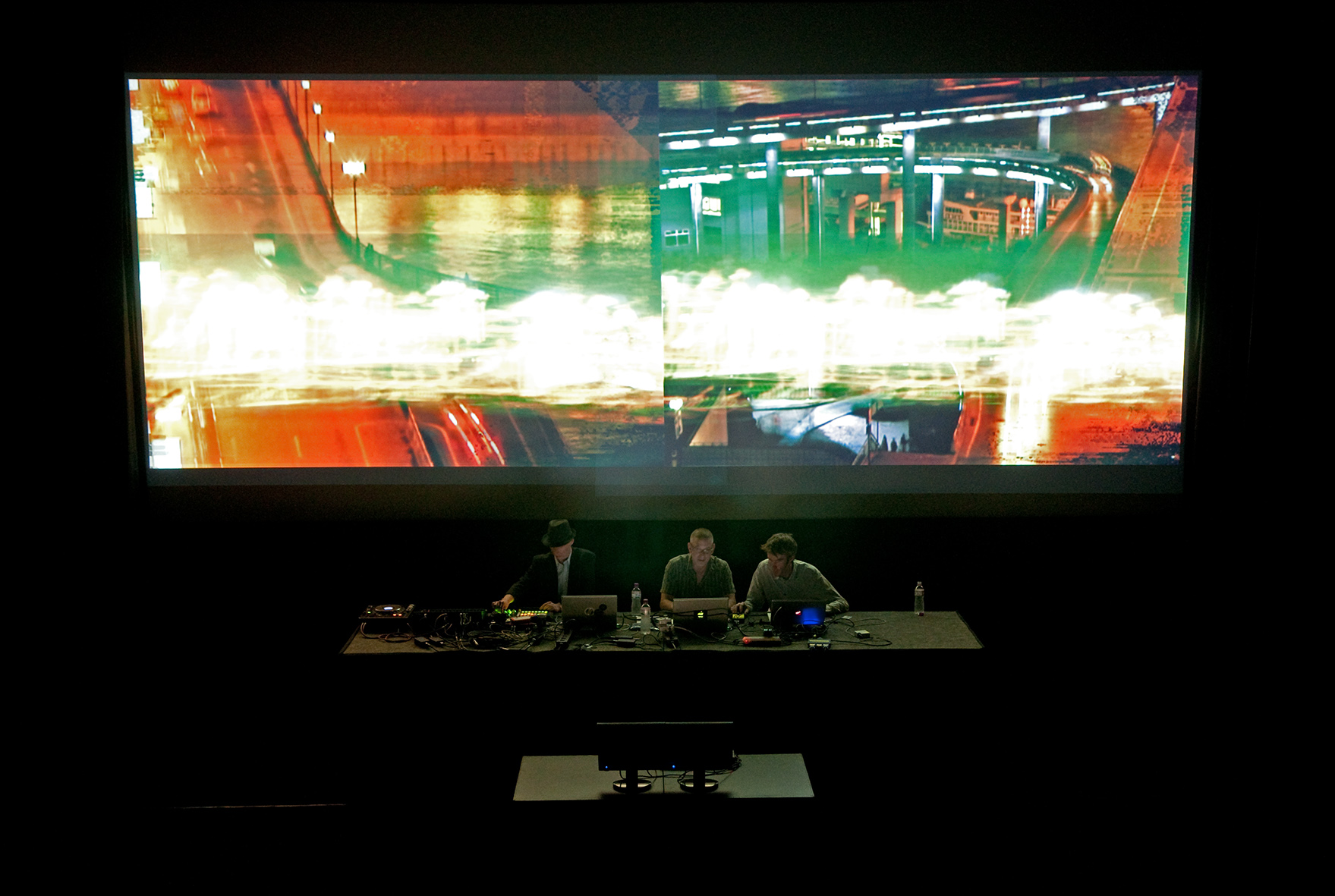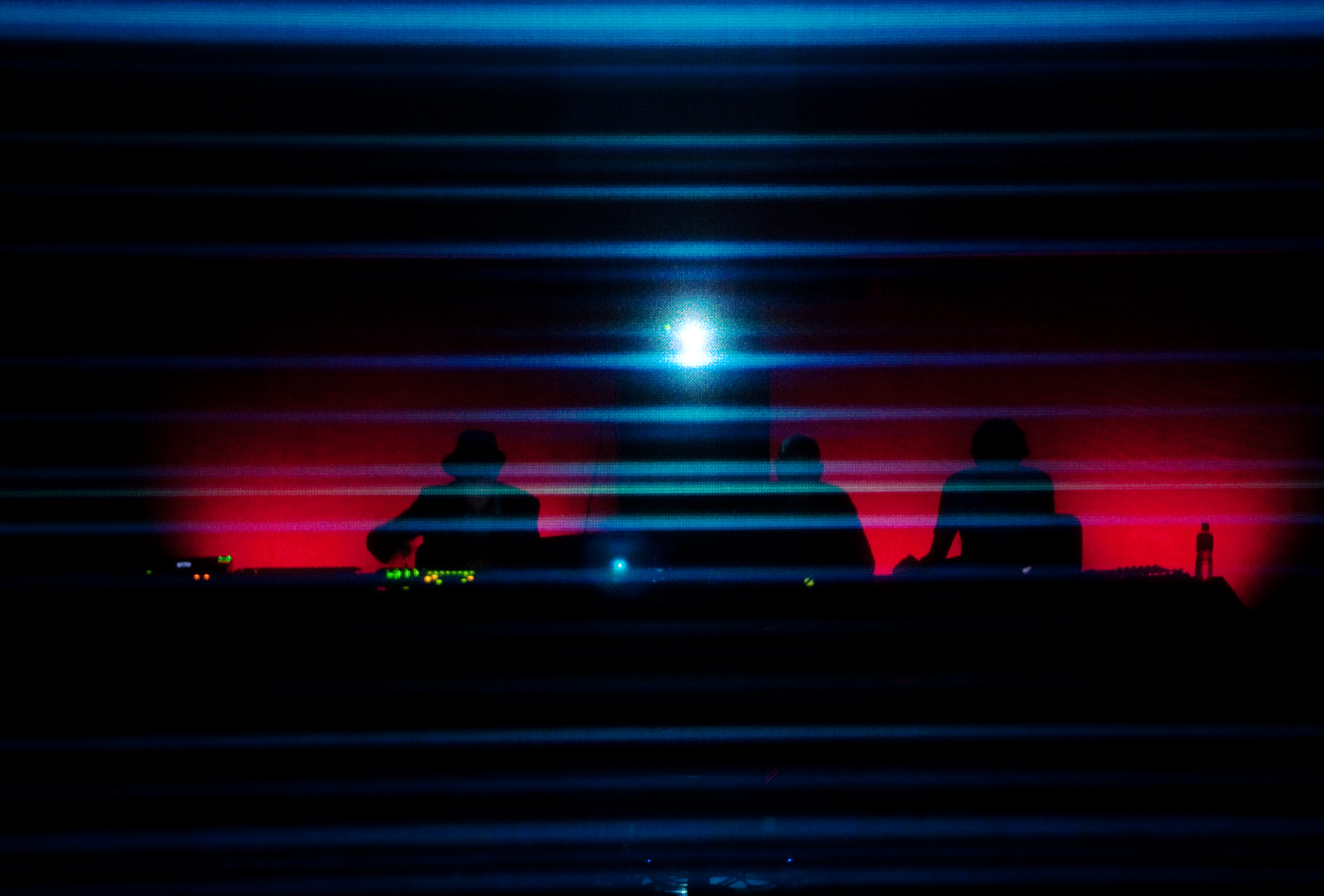Over the last few years one of the more interesting projects we've been following in the hardware side of VJing has been the development of the *spark d-fuser video mixer. Started as a tool for pioneering audio-visual group D-Fuse, it is now available to buy direct, shipped from stock. To celebrate this retail release we're joined by it's creator Toby Harris, for a special guest tutorial with tips for VDMX users.
"VDMX has been a big thing for D-Fuse. It's the engine that drives our most innovative shows, laying out and compositing footage across multiple screens, hosting patch upon patch of custom D-Fuse development work. However, for our kind of theatrical shows, plugging a laptop directly into the projection setup just isn't an option. We need video hardware to keep a solid feed to the projectors from early soundcheck to us walking on stage, we need to have a master fade control for our output, and we need to crossfade between our laptops to mix collaboratively. For year after year there was no solution to this, as with each laptop rendering all screens simultaneously the video format is outside of what the SD and then HD hardware can handle. What we needed was a DVI mixer. There wasn't one, and so I made one."
-- Toby Harris aka *spark
Needless to say there were immediate requests from other VJs to have DVI mixers of their own and the rest is history. To get a sense of what is possible when using the *spark d-fuser with a multiple projection setup, check out the live footage below from the 2009 premiere of 'Particle', the D-Fuse performance made possible with the mixer. Then to get a more in depth look at using the mixer alongside VDMX watch the guest tutorial with Toby, or visit the *spark d-fuser website: http://sparklive.net/dfuser/





